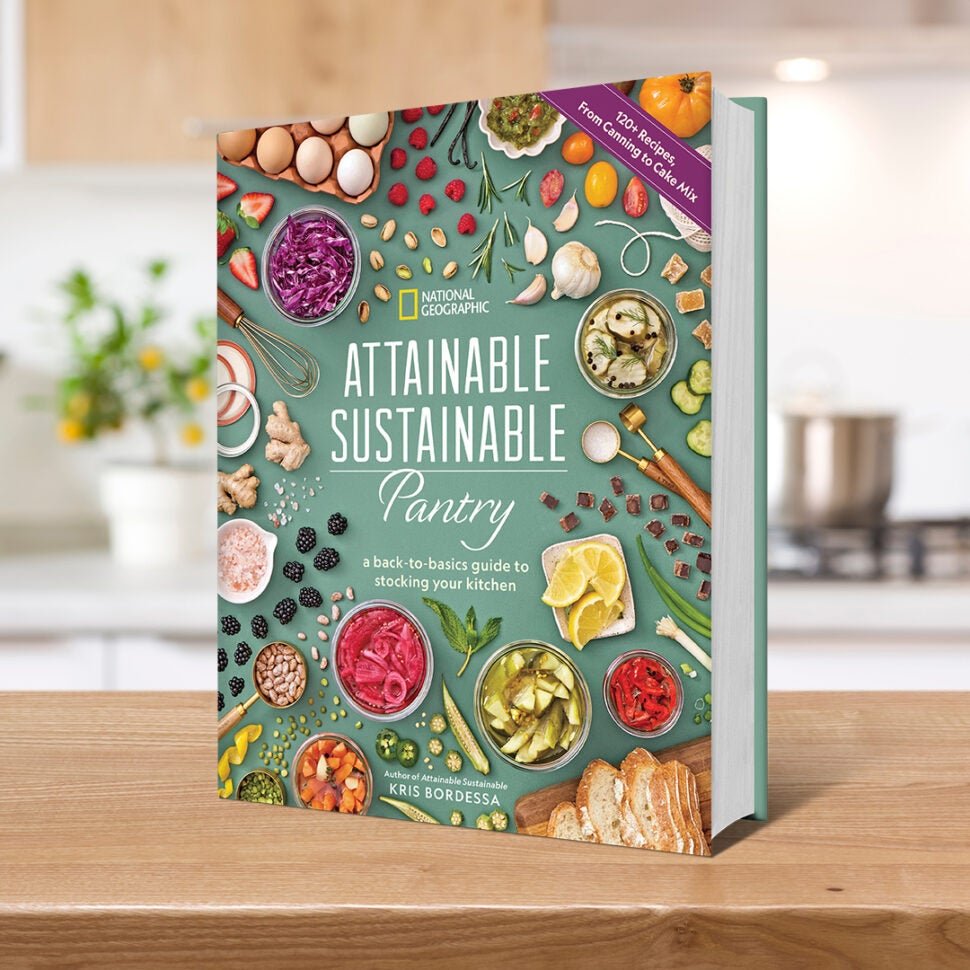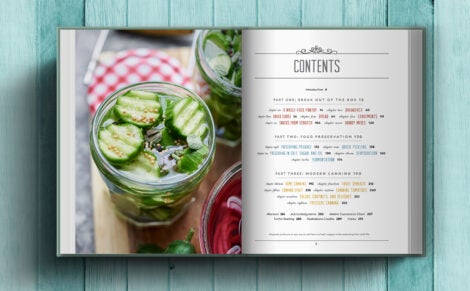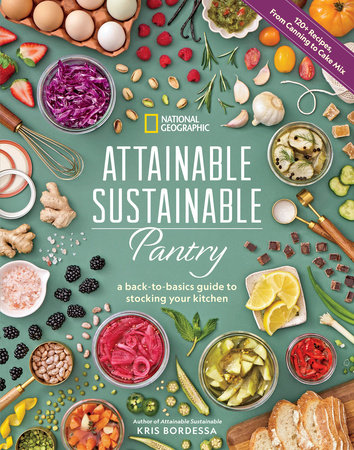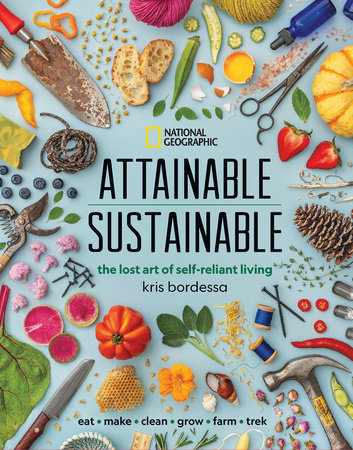As new gardeners embrace the idea of growing food in the summer season to combat rising prices at the grocery store, it’s time to think about what to do with all of that fresh produce. Sure, you’ll add fresh salads to the menu and chop tomatoes into a spicy salsa to serve with tortilla chips, but when there’s more fresh food than you can eat, it’s time to start thinking about how to extend its shelf life. Some crops like pumpkins and sweet potatoes can be stored for months in cool spaces, but highly perishable foods like cucumbers and peppers will wilt and eventually go bad without some sort of intervention.
Enter home food preservation! No longer a vintage skill relegated to bonnet-wearing pioneers clad in calico, food preservation techniques give us the opportunity to safely and effectively extend the shelf life of fragile foods using methods like dehydration, fermentation, and home canning.
Dehydration calls for removing the moisture from fresh produce, which increases its shelf life. Think about grapes and their dehydrated counterparts, raisins. Those grapes, left unchecked, will be moldy within a week. Dehydrate them to make raisins, and they’ve become a sweet, shelf-stable snack. Dried vegetables make an excellent addition to soups, and dried fruits can be enjoyed out of hand or rehydrated and added to your favorite dessert. Because dehydration shrinks fresh produce, this method is ideal for those trying to build a well-stocked pantry in small spaces.
Fermentation is a traditional method of preserving foods. Sauerkraut is probably the most recognizable fermented food, but there are countless ways to use this technique for extending the shelf life of produce. Mixing fresh fruits and veggies with salt or submerging them in a salt brine and allowing them to sit at room temperature results in a tangy, pickle-like product.
Modern home canning calls for placing foods into jars and sealing them using either a water bath or pressure canning method. Which method you use is determined by what you’re canning, and it’s critical that safety guidelines are followed. Acidic foods like jam, fruit, and pickles can be processed in a water bath canner; low acid foods like vegetables and meats require a specialized pressure canner. Properly canned foods can be stored at room temperature for more than a year!
In Attainable Sustainable Pantry, author Kris Bordessa shares detailed instructions for all of these food preservation methods and more, helping guide readers in transforming their summertime abundance into a fully stocked, safe pantry.  Perfect for gardeners who are preparing to tend their veggie patch again as the weather warms up, Attainable Sustainable and Attainable Sustainable Pantry are must-haves for anyone who wants to make the most of their homegrown produce.
Perfect for gardeners who are preparing to tend their veggie patch again as the weather warms up, Attainable Sustainable and Attainable Sustainable Pantry are must-haves for anyone who wants to make the most of their homegrown produce.
Pair these titles with books from our homesteading list to craft a display that has everything a gardener needs to continue on their journey toward a more sustainable lifestyle!












